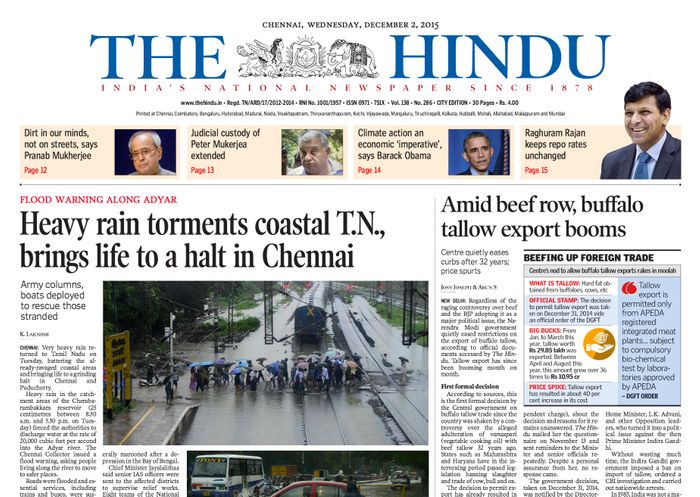You may have heard Mark Zuckerberg, founder of Facebook, has promised to donate 99% of his stock in the company “to charity.” (It’s unclear what “charity” means precisely at this point, but one might want to look in the direction of Newark.)
Here is an interesting suggestion from Nathan Schneider, published today in America Magazine:
First, the stock could go back to the Facebook users who made it valuable in the first place. As I have noted here before, Facebook’s business model depends on gathering, mining and selling the personal information that its users post on the platform. That includes our networks of relationships, our photos, our worries, our milestones, our passions and our preferences. It’s barely understood what exactly Facebook knows about us and how, except that it’s a lot. This is part of what has made Mr. Zuckerberg so controversial, and rightly so; early on, he referred to his users as “dumb” (followed by a word even more insulting) for trusting him with such data. What if, rather than papering over that controversy, he could resolve it at the root?
Consider what it would mean if a substantial portion of Facebook stock were held in a trust that acts on behalf of the platform’s users. (This is a model I’m borrowing from the employee-owned John Lewis Partnership in the United Kingdom, explained in Marjorie Kelly’s extraordinary book Owning Our Future.) Users could then vote on what positions the trust should hold at shareholder meetings, and it could distribute dividends based on the stock’s value back to users, or reinvest them by buying more ownership in the company. The trust, therefore, would have a dual incentive: to protect user interests and privacy in Facebook’s business model, and to ensure that the company remains solvent.
The other suggestion, to sell the stocks and distribute the proceeds to every person alive, is also noteworthy, effectively saying: “Do you really know better what to do with all that money than the collective wisdom of everyone on Earth combined?”
Link via Caroline



